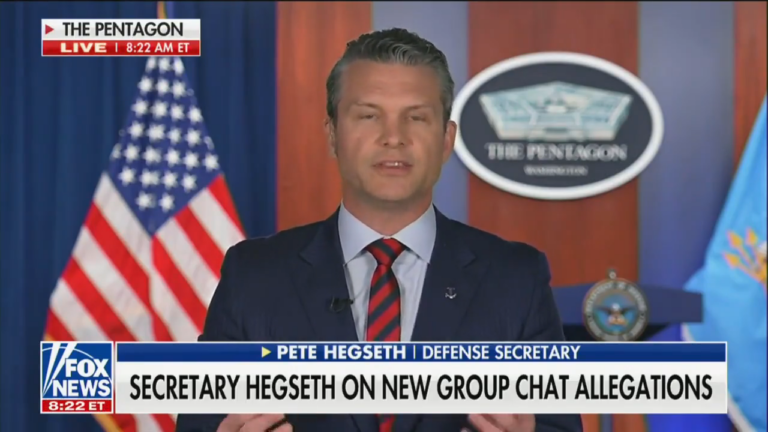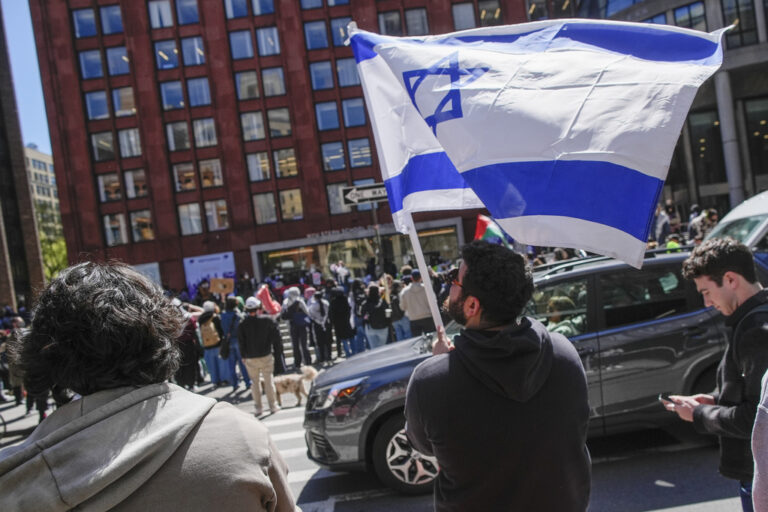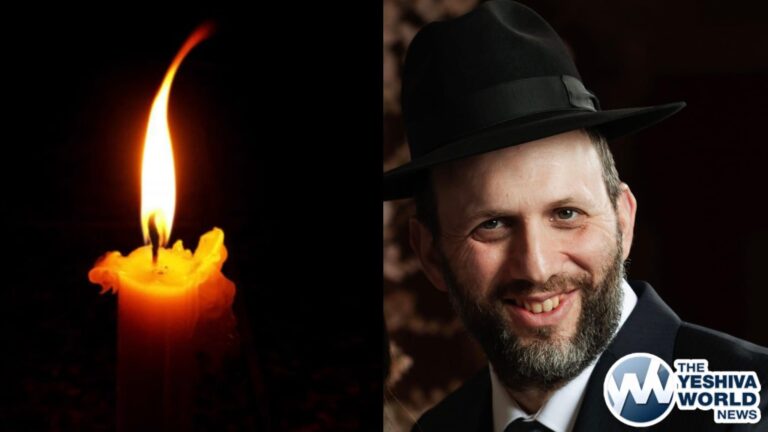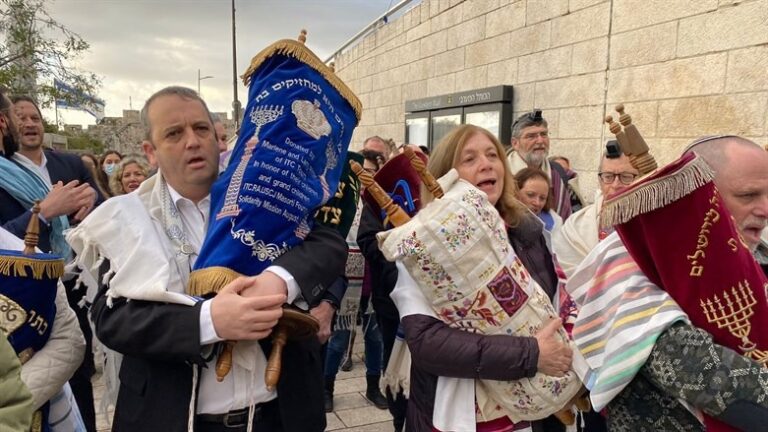Nearly a quarter-million New Yorkers who for years dreaded “L-mageddon,” a planned 15-month shutdown of a key subway tunnel between Manhattan and Brooklyn, got a last-minute reprieve from the governor Thursday with a new plan that will allow repairs to go on at nights and weekends and keep the trains running.
Gov. Andrew Cuomo made the surprise announcement just weeks after convening a panel of top engineering experts to take another look at the L train tunnel beneath the East River to see if there was a way to fix flood damage from 2012’s Superstorm Sandy without doing as much demolition and disrupting so many lives. Turns out, there was.
“This was an outside-the-box, creative solution,” said Cuomo, a Democrat, at a news conference announcing the new plan. He was flanked by engineering experts from Columbia and Cornell universities who dreamed up the proposal. “You have to be willing to think outside the box or break the box.”
While many were relieved by the announcement, some wondered whether the last-minute change had been full thought through.
The announcement came after years of planning for the upheaval expected to be caused by the tunnel’s closure, which was supposed to happen in April.
Brooklynites had already begun rearranging their lives for the expected “L-pocalypse,” with some changing jobs or apartments to avoid the looming commuting snarls.
The original plan, adopted by the Metropolitan Transportation Authority after lengthy public debate, had called for a complete shutdown of a portion of the L line for 15 months while workers repaired damage from Sandy, when salty, corrosive water flooded 7 miles (11 kilometers) of the tube.
The plan called for replacing old electrical equipment by removing a damaged concrete benchwall that lines the tunnel and encases power cables. The cables would then have been replaced and the wall rebuilt, in a labor-intensive process.
The new plan calls for installing cables on racks along the inside of the tunnels, and leaving the old cables where they are. The old concrete benchwall would stay too, encased in a protective fiber-reinforced polymer, where necessary, or patched.
Not having to take out and replace the old wall cuts down on cost and time, officials said. And the new plan could be accomplished with night and weekend work instead of a shutdown.
Asked about the plan at an unrelated news conference with police, New York City Mayor Bill de Blasio said his administration had only gotten initial information, but “anything that avoids disruption I favor obviously and a lot of people in Brooklyn, a lot of people in Manhattan have been really worried about the L train shutdown.”
“So, if there is a plan that can be better for the people of our neighborhoods, that’s great, but I want to reserve any further judgment until I hear more,” he said.
Those who would have been hardest hit were overjoyed with the news.
“I think we averted a disaster,” said Robert Stone, 69, who was riding an L train to his home near the Third Avenue stop in Manhattan. “This line is full, it’s one of the most on-time lines of all the subways and I believe this is the right solution, not to shut it down. I think it’s a great thing.”
Shanice Brown, who manages the Goorin Bros. hat store in Williamsburg that depends on the L train to bring in customers and employees, said the change in plans is a big relief. Brown said she had been worried about what the shutdown would mean for business, and whether the alternatives the MTA had proposed in terms of buses, ferries and other subway lines would have worked.
“It didn’t feel very secure at all,” she said. “It was going to be very trial-and-error.”
Some are questioning, however, if the new plan is truly the best option.
“The governor’s plan may or may not work, but you’ll pardon transit riders for being skeptical that a last-minute Hail Mary idea cooked up over Christmas is better than what the MTA came up with over three years of extensive public input,” said John Raskin, executive director of the Riders Alliance, a transit advocacy group. “We need a full public release of the details of Governor Cuomo’s idea, as well as the mitigation plans that will allow hundreds of thousands of L train riders to get around during the inevitable shutdowns and slowdowns in service.”
The L line is one of the city’s most crowded, running through neighborhoods like Williamsburg and Bushwick that have become major draws for young people and the businesses that cater to them, like restaurants and bars. Since 1990, ridership has vastly increased, with about 400,000 rides on an average day. Of those, more than half go through the tunnel.
The agency could have gone with a three-year partial shutdown, but the MTA decided in mid-2016 that it would be better to close the Canarsie Tube completely starting in the spring of 2019. That called for L train service at five stops in Manhattan to be halted, as well as trains through the tunnel. The line would continue to operate among Brooklyn neighborhoods.
MTA Acting Chairman Fernando Ferrer called the new plan “an innovative and more efficient approach” and said the agency, which operates in the city and its suburbs but is controlled by the governor, would adopt it in full.
(AP)












One Response
Well,his great Uncle the first Satmar Rebbe also predicted that Medinas Yisroel will not last for more than twenty years at the most,he also advised his chasidim before world war two (when it was still possible to enter Palestine) that they should stay and nothing bad will happen,well how did these predictions pan out?